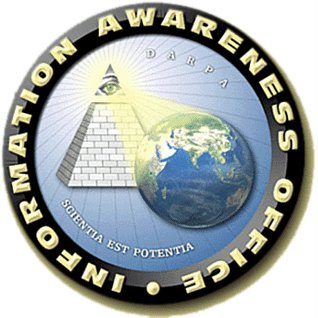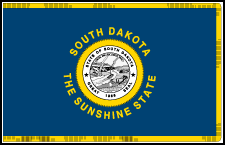Guard backs up war on drugs

High-tech gear enables stealth, night searches
RANDY HASCALL
Sioux Falls Argus Leader, SD
03/02/06
RAPID CITY - A mile up in the sky, a National Guard helicopter veers left as it tracks a blue pickup that's heading along a secluded road near the Black Hills.
An enlarged image of the pickup appears on an LCD screen as the helicopter keeps pace, undetected.
This is no war exercise. This South Dakota National Guard team uses a helicopter and sophisticated equipment to find drug dealers, portable methamphetamine labs and patches of marijuana.
Although the Guard is best known for its roles in battle and natural disasters, it also is involved in the war on drugs. Through its Counterdrug Program, Guard members work closely with the state Division of Criminal Investigation, Drug Enforcement Agency, FBI, Sioux Falls Fugitive Task Force and other agencies.
Last year, the program assisted in more than 2,400 drug-related arrests and helped get $4.1 million worth of drugs off South Dakota streets.
"The National Guard is fully engaged in the war on drugs," said Lt. Col. Douglas Quarve, who coordinates the program. "This is the South Dakota Guard's way of giving back to the community."
On average, the team will get called into action twice a week, Quarve said. That may involve surveillance of a farmstead as DCI agents prepare to bust a meth house, or it may require tracking a drug-loaded van down a highway.
The Counterdrug Program is federally funded by the Office of the Secretary of Defense's Counter Narcotics budget, with South Dakota to receive about $1.2 million this year.
The 18-member staff includes five who conduct a drug awareness program at more that 80 schools, five intelligence analysts who assist law enforcement agencies in their offices, three office staff personnel, and one person responsible for random drug testing of National Guardsmen.
The other four - two pilots and two mechanics - make up the Reconnaissance and Interdiction Detachment that provides the aerial assistance.
The unit has two OH-58 helicopters equipped with powerful searchlights and a camera with an 18:1 zoom that can be directed in a complete circle as well as 90 degrees up and down. The camera can videotape action or make still pictures, and the on-screen image can be frozen to look for details.
A Forward Looking Infrared system, known as FLIR, will detect a temperature change as small as three-hundredths of 1 degree Celsius.
If an individual flees a home in a nighttime drug sting and runs into a grove of trees, the infrared system is able to detect him by body heat. The FLIR also can detect an area of earth that has been disturbed, such as a grave site. It can sometimes tell if a person is armed with weapons.
 SOUTH DAKOTA NATIONAL GUARD COUNTERDRUG PROGRAM
SOUTH DAKOTA NATIONAL GUARD COUNTERDRUG PROGRAMMission: To facilitate the reintegration of boot camp graduates. With the community and to pair the graduate with a mentor. To inform youth of the dangers of drug use and drug abuse. To address youth at-risk for substance use. To assist youth in building a positive self-image, to set personal goals, and develop healthy habits. To teach young people to take a positive path. To address the transition issues facing every middle school student.
0 Comments:
Post a Comment
<< Home